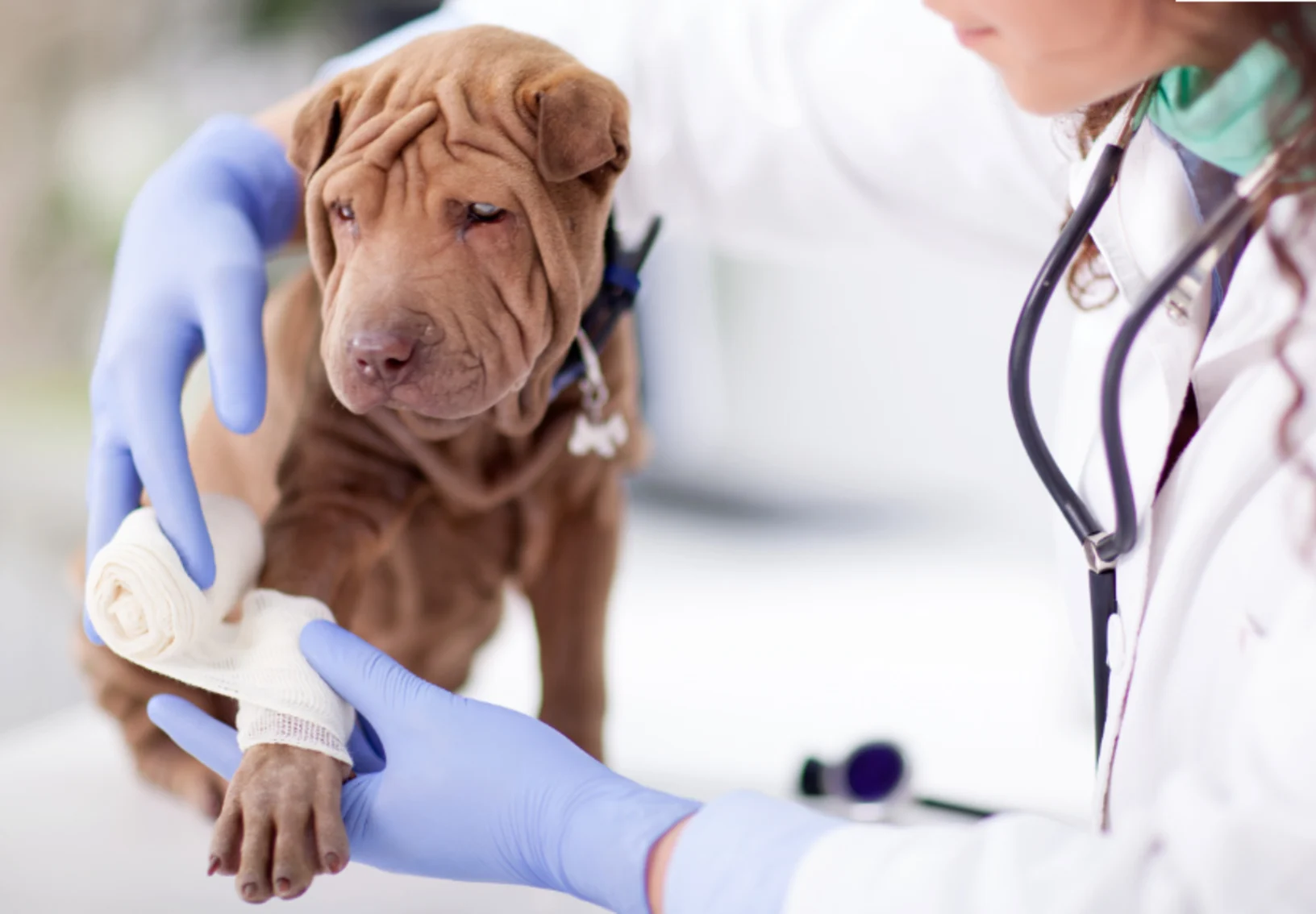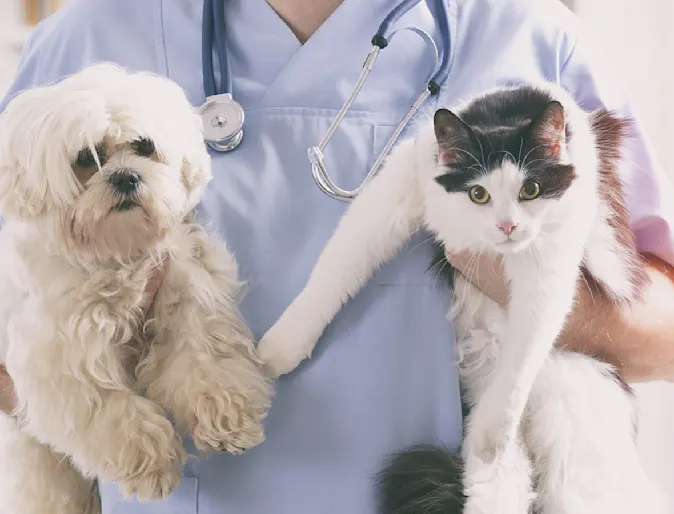Everything You Need to Know About tplo surgery: Benefits, Risks, and Recovery
Everything You Need to Know About tplo surgery: Benefits, Risks, and Recovery
Blog Article
All Concerning Vet Surgical Procedure: Comprehending the Importance of Specialist Look After Your Pets
Veterinary surgery is a vital part of pet dog health care. It encompasses different procedures, from regular elective surgeries to immediate interventions. Understanding the details of these surgical procedures can help pet dog proprietors make educated decisions. The prep work, implementation, and recovery stages are vital for ensuring the health of animals. With proper knowledge, owners can navigate the intricacies of vet care. What aspects should be taken into consideration prior to a pet dog undergoes surgery?
Kinds Of Vet Surgeries
When a pet dog calls for surgical intervention, recognizing the various kinds of veterinarian surgical treatments can assist animal owners make notified decisions. Veterinary surgical procedures can be broadly classified right into three primary types: elective, immediate, and emergency surgical procedures. Optional surgical procedures, such as spaying or neutering, are planned procedures that are not instantly lethal. Immediate surgeries, like those for foreign body removal, should be executed quickly yet are not deadly in the minute. Emergency surgeries, such as those attending to serious trauma or inner blood loss, are vital and require prompt attention.Additionally, surgical treatments can vary in complexity, varying from minimally intrusive laparoscopic procedures to extra extensive open surgeries. Each type of surgery carries its own risks and recovery procedures. Understanding these categories permits pet dog proprietors to engage in purposeful discussions with veterinarians, resulting in much better outcomes for their beloved pets.
Preparing for Your Pet's Surgical procedure
Planning for a pet dog's surgery includes a comprehensive list to assure all essentials are covered. Reliable interaction with the veterinarian is essential for recognizing the procedure and any necessary pre-operative actions - tplo surgery for dogs. In addition, having clear post-operative treatment directions will assist proprietors supply the very best assistance for their recovering pet dogs
Pre-Surgery Checklist Essentials
Ensuring a smooth medical experience for a family pet calls for cautious prep work and interest to information. A pre-surgery checklist is important for pet proprietors to comply with. First, verifying the scheduled surgical treatment date and time is important. Proprietors need to likewise verify that their animal has fasted according to the vet's instructions, typically for 8-12 hours before surgical procedure. Gathering essential medical documents, including inoculation history, is necessary for the veterinarian's evaluation. It is additionally recommended to prepare a comfy area in the house for the pet's healing after surgical treatment. Lastly, proprietors must have a plan for transport to and from the vet center, ensuring that the family pet is secure and comfortable throughout the journey. Following these actions can substantially improve the surgical experience.
Communicating With Your Veterinarian

Efficient communication with the veterinarian is important for an effective medical experience for family pets. Owners should be prepared to review their pet's case history, including any pre-existing problems, medicines, and allergies. This information helps the veterinarian assess risks and customize the surgical plan as necessary. Additionally, pet owners ought to ask questions concerning the procedure, anesthesia, and expected results to ensure they fully comprehend the procedure. Making clear any kind of questions can reduce anxiousness for both the family pet and the proprietor. It is likewise important to communicate any behavioral changes or worries observed in the family pet leading up to the surgical treatment. Inevitably, clear discussion fosters count on and partnership, ensuring that family pets receive the very best possible care throughout their medical journey.
Post-Operative Treatment Instructions
After discussing the procedure with the veterinarian, pet dog owners need to focus on post-operative treatment directions to help with a smooth healing for their family pets. These guidelines commonly include keeping track of the surgical website for indicators of infection, such as inflammation or discharge. Animals may need to be kept tranquil and constrained to protect against too much activity that could interfere with recovery. Pain management is crucial, so proprietors should comply with the vet's advice on carrying out medications. In addition, dietary limitations may be recommended to prevent stomach distress. Normal follow-up appointments are important to assure proper healing and address any type of concerns. By adhering to these post-operative treatment guidelines, pet dog proprietors can significantly contribute to their animal's recovery and overall health.
The Surgical Refine Explained
The medical procedure for family pets encompasses crucial actions that assure their security and recuperation. Pre-surgery preparations are necessary for lessening threats, while post-operative treatment guidelines play an essential function in advertising recovery. Recognizing these elements assists animal owners browse the medical experience a lot more efficiently.
Pre-Surgery Preparations
Prior to a pet goes through surgery, a number of crucial prep work have to take place to guarantee a risk-free and effective treatment. First, an extensive veterinary exam is necessary to analyze the family pet's overall wellness and identify any prospective dangers. This might include blood tests, imaging, or various other diagnostics. The veterinarian will certainly also discuss anesthetic choices tailored to the animal's particular needs. In addition, family pet owners are commonly advised to withhold food and water for a specified time prior to surgical treatment to lessen the threat of difficulties throughout anesthetic. It's essential for owners to offer a full case history, including any kind of medications or allergic reactions, making sure the medical group has all necessary information. Correct interaction and adherence to pre-surgery guidelines can considerably boost the outcome of the procedure.
Post-Operative Care Guidelines
Appropriate post-operative treatment is essential for making certain a family pet's healing adhering to surgical treatment. After the treatment, pets need to be kept an eye on closely for any signs of issues, such as too much bleeding, swelling, or uncommon habits. It is essential to follow the veterinarian's directions relating to medications, consisting of discomfort reducers and anti-biotics. Pets must be maintained in a peaceful, comfy setting to reduce stress and anxiety and advertise healing. Limiting activity is essential; short, leashed strolls might be needed, however jumping or running should be prevented. Normal follow-up visits need to be arranged to evaluate the recovery process. Furthermore, the medical site needs to be maintained tidy and completely dry, with any type of signs of infection reported to a veterinarian quickly. Abiding by these standards boosts recuperation results.
Anesthetic and Discomfort Management
Reliable anesthetic and discomfort monitoring are essential elements of vet surgical treatment, making certain that pets stay comfortable and safe throughout the treatment. Vets analyze each pet dog's individual requirements, thinking about factors such as age, weight, wellness status, and the kind of surgical procedure being performed.Anesthesia procedures commonly consist of a mix of pre-anesthetic medicines, induction representatives, and inhalant anesthetics, enabling for specific control over the pet's degree of awareness. Tracking during surgical procedure is crucial; vets continually observe crucial signs to address any potential issues promptly.Pain monitoring techniques might entail opioids, non-steroidal anti-inflammatory drugs (NSAIDs), and anesthetics, customized to the family pet's specific circumstance. This complex method assists decrease discomfort and advertises a smoother surgical experience. By focusing on effective anesthetic and pain management, veterinary professionals boost the general well-being of pets going through procedures, ensuring they receive the greatest requirement of care.
Post-Operative Treatment and Healing
Following surgery, the emphasis shifts to post-operative care and healing, which is necessary company website for ensuring a pet dog's secure return to regular activities. Throughout this duration, pets need a peaceful, comfy environment to aid healing. Owners should closely monitor their family pets for any kind of signs of pain or uncommon behavior.Veterinary standards usually consist of certain instructions associated with medicine administration, wound treatment, and dietary modifications. It is important to his comment is here abide by these recommendations to minimize complications and advertise healing. Animals may need to be limited from strenuous activities, such as running or jumping, throughout their healing period (emergency vet near me).Regular follow-up visits with the veterinarian permit for monitoring of the family pet's development and prompt adjustments to the treatment strategy. Offering psychological assistance and friendship can additionally enhance a pet dog's recovery experience, aiding to minimize stress and anxiety and anxiousness. In general, attentive post-operative treatment plays a considerable function in achieving an effective recuperation
Identifying Issues After Surgical Treatment
Just how can pet dog proprietors recognize complications after surgical procedure? Recognition of specific indicators is important for guaranteeing the well-being of pets throughout recuperation. Usual indicators consist of extreme swelling, inflammation, or discharge at the surgical site, which might represent infection. In addition, consistent discomfort, shown by whimpering or hesitation to relocate, ought to prompt instant focus. Modifications in appetite or water consumption can likewise indicate complications; a decrease in these habits may indicate pain or distress.Moreover, family pet owners should monitor their pets for any unusual actions, such as lethargy or difficulty breathing, as these can be signs of severe concerns. Vomiting or diarrhea following surgical procedure may need urgent veterinary evaluation. Recognizing these issues early can substantially influence a family pet's healing process, highlighting the relevance of vigilance and timely communication with a veterinarian for any kind of worrying signs.
The Duty of Veterinary Specialists in Surgical Care
Vet experts play a vital duty in guaranteeing the safety and security and success of procedures for animals, particularly following surgical treatment when monitoring and treatment are critical. These professionals include veterinarians, veterinary professionals, and support personnel, every one of whom contribute specialized abilities to the surgical process.Before surgical treatment, veterinarians carry out detailed evaluations to analyze the pet dog's wellness, making certain that any type of underlying conditions are managed. Throughout the treatment, the medical group provides anesthetic, maintains clean and sterile atmospheres, and keeps an eye on vital indications, all crucial for reducing risks.Post-operative care is just as considerable; vet experts observe for difficulties, take care of discomfort, and guide proprietors on recuperation practices. Their experience enables them to acknowledge early indicators of distress or infection, making sure prompt treatment. Inevitably, the collective initiatives of vet experts in surgical treatment navigate to this site foster a safe setting, advertising the health of pet dogs throughout the surgical journey.

Frequently Asked Questions
Exactly how Do I Pick the Right Vet Doctor for My Animal?
Picking the right veterinary cosmetic surgeon involves investigating qualifications, reading evaluations, and reviewing the facility's setting. It is necessary to show on the surgeon's experience with details procedures and their interaction style when choosing.
What Prevail Misconceptions Concerning Veterinarian Surgeries?
Typical false impressions regarding veterinarian surgical treatments include ideas that they are always high-risk, unnecessary, or just for emergencies. Several pet dog owners ignore the benefits of preventative treatments and the ability involved in veterinary surgical treatment.
Exactly How Much Will My Animal's Surgical treatment Cost?
The price of a pet dog's surgical procedure can differ substantially based on factors such as the kind of treatment, the veterinarian's experience, and geographic place (canine tplo surgery). Usually, expenses range from a few hundred to a number of thousand bucks

Can My Pet Eat Prior To Surgical Treatment?
Prior to surgical treatment, it is normally advised that animals refrain from consuming for a specific period. This fasting helps in reducing the risk of problems during anesthesia. Owners need to consult their veterinarian for exact directions tailored to their family pet's needs.
What happens if My Pet Dog Has Pre-Existing Wellness Conditions?
When a pet has pre-existing wellness problems, it's important for the veterinarian to assess these elements prior to surgical procedure. This assessment assurances ideal safety measures are taken, lessening dangers and optimizing the animal's general security throughout the procedure.
Report this page